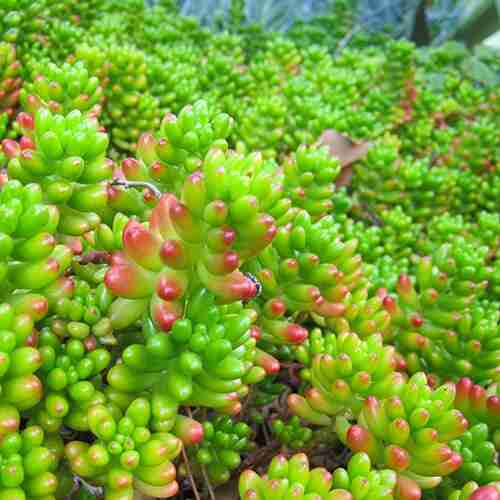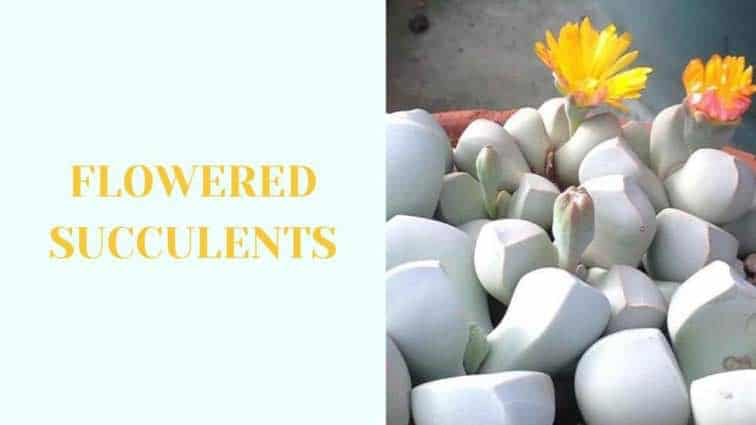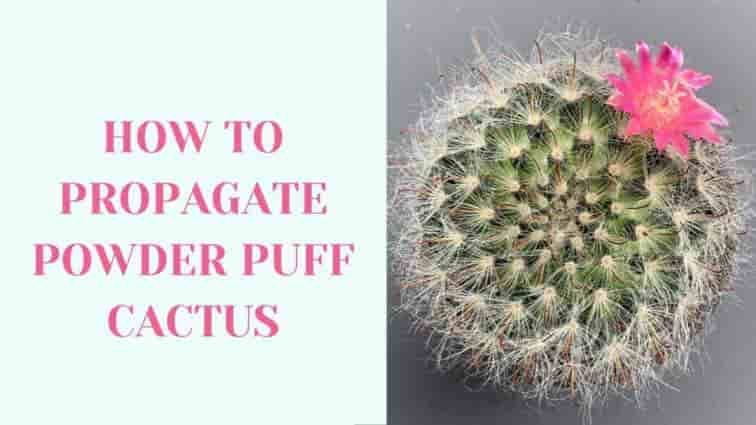
Picture by plantslive
Basic Info
Sedum Rubrotinctum is also commonly known as Pork and Beans. As the plant matures you can expect it to reach up to 30 cm (12″) tall. The plants main feature are the leaves that are often said to look like beans. These leaves can turn red when correctly stressed.
Scientific Classification
Family: Crassulaceae
Subfamily: Sedoideae
Tribe: Sedeae
Genus: Sedum
Care and Propagation Information
Watering
When watering the Sedum Rubrotinctum (or Pork and Beans) be careful it is a plant that is sensitive to over-watering. It is a plant that needs to be thoroughly drenched in water and dried before watering again. The plant should be water mostly between Spring to Fall, let the plant dry thoroughly before watering again.
General Care for Sedum Rubrotinctum ‘Pork and Beans’
What kind of a plant carer should select the Sedum Rubrotinctum ‘Pork and Beans’? It is perfect for a beginner plant grower. The plant does best when cared for outdoor in a proper light area. If planted indor, it can look be hard on the succulent.
Quick Facts:
- Thrives best in full sun
- Should be grown outdoor
- Similar watering needs to other succulents. (See Watering Guide)
- Can die easily if overwatered
- Becomes 30 cm (12″) tall
- Best zone for the plant is -6.7° C (20° F)
- Does not handle cold well
- Best propagated with leaves
- Generally not known to be toxic to people or animals
- Grows best during Spring and Fall
Where to Plant
Pork and Beans is a plant that grows easiest in free-draining gritty compost. The plant does not handle cold well, so if you live an area that is colder than -6.7°C (20°F) use a succulent container. It makes it easier to transport the plant indoor and outdoor.
Sedum
How to Propagate Sedum Rubrotinctum ‘Pork and Beans’
Learning how to propagate Sedum
Once the leaf is off the Sedum Rubrotinctum, let it sit for a few days before placing in nutritious and well-drained soil. The soil should be drenched thoroughly, never let the soil dry. Once the plant’s root has started to appear, let the plant take its time to grow.







